Nonprofit Technology & Fundraising Blog
Subscribe to our mailing list
April 15, 2019 |
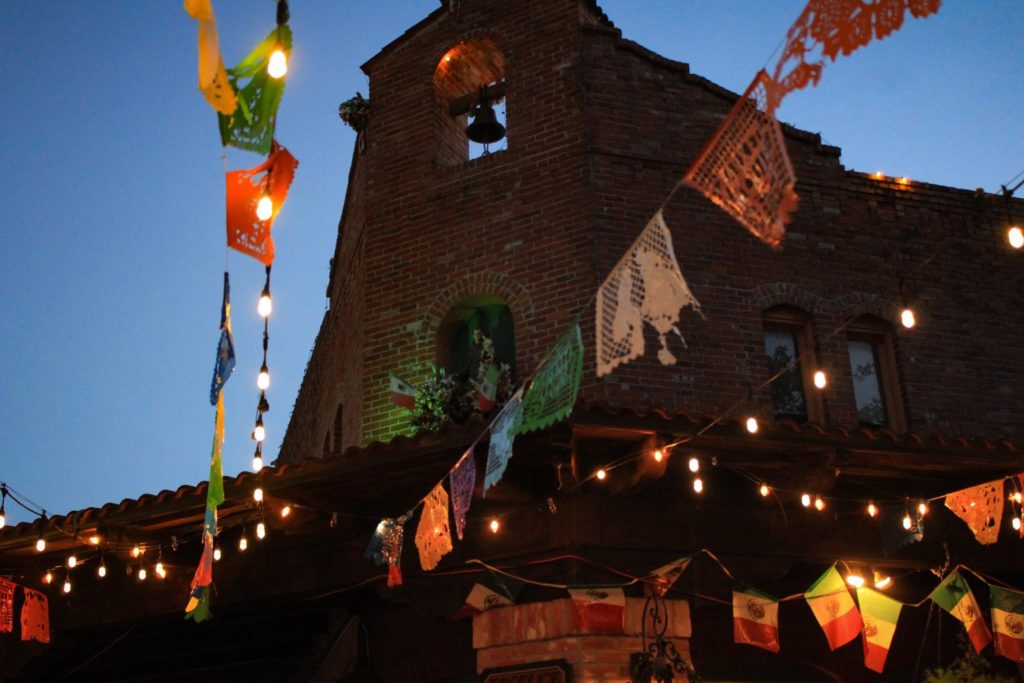
Hey DonorPerfect Community! Laura here, from DonorPerfect. As a first-time attendee of the AFP conference this year, I’d like to share with you my takeaways and why I believed it to be such a powerful learning experience.
A lot of times, we notice trends happening around us, but we can’t really put a finger on how to define it. The theme I picked up on, throughout a lot of sessions, was human connection. That’s how to get the attention of new donors. And if you think about it, it makes sense. We are so constantly bombarded with technology that we crave a meaningful interaction with an actual person. People are becoming increasingly self-aware and unafraid of their emotions. As an organization, you need to tap into those emotions.
I know what you may be thinking: “We’re a nonprofit. The work we do *is* emotional.” But what I mean is, you need to reach your donors in a personal way – unique to them. It may sound backwards, but now we can actually use technology to do that.
A business event strategist from PCMA held a session on what trends are shaping the future of events. They found that people want your organization to be transparent and empathetic toward them – down to the minute details.
What does this mean for you?
It means having quiet rooms at your events to allow people to decompress. It means taking a stance on issues and standing by it (i.e; If you’re an org that cares about the environment, don’t provide plastic water bottles at your fundraiser). Ultimately, it means: be accommodating to others’ needs and embody your org’s mission in all that you do.
PCMA also discovered that people want breaks from the norm, an element of surprise.
How do you create that for them?
Break from your agenda at your events. That’s right, strategically plan a part of your event with the intention of cancelling it to cause some spontaneity and encourage conversation among guests and staff. Plan your venue to allow for natural human interaction with comfortable furniture and open spaces. This can also mean hosting your event in an interesting venue like an art museum or an outdoor space, like a DIY biergarten. The more you can incorporate a local experience, the better!
A marketing company called Social Blue provided their expertise to the benefit of the many nonprofit employees in attendance. Overwhelmingly, it seemed that the overall message was to test everything, make sense of your data, then use it to engage with your audience.
I’ll summarize their idea of the ideal Facebook post to promote your campaign and perfect your outreach strategy:
Your purpose: Rather than post generically, find out who your supporters are and target them. You can do this by collecting names on a petition, then following that up with a personal phone call. Of course, your petition must have a disclaimer, explaining your intentions with the volunteered information.
Your photo: Use powerful imagery or an amatueur video to grab someone’s attention, as they scroll down their newsfeed. Anything that is authentic and not overly-produced will set you apart from all the ads.
Your tone: The tone of your Facebook post should evoke a sense of urgency and loss aversion (i.e; “50 dolphins die every day. Act now to save them from extinction.”). To increase participation – and this has been proven to be successful – include how many people have already signed your petition or donated. This builds trust for the viewer, giving them a sense of community.
The benefit: What’s in it for the viewer? People are more inclined to give if there is reciprocity. Even if you are only offering a free brochure, people will be more likely to donate. Another way to show some love is to personally thank your donors and volunteers in a post! The public love will inspire others to get involved!
When names and donations roll in, you’ll get a sense of who your audience is and how to better reach them in the future. Just be sure that you are true to your word! If you said you’d call within 24 hours, do it!
Yep, you read that correctly. Gamers are incredibly influential to millenials and Gen Z, and they have the potential to raise thousands for your organization, even surpass your goals.
How it works:
Livestreaming. Platforms like Twitch allow gamers to interact with an audience live while playing a video game. What the audience sees is the game being played live on their computer screen, the gamer in a small window at the corner of the screen, a live newsfeed of audience member comments, a goal thermometer, and a donate button.
But how would you get the word out and build an audience?
The same way you would with an online form. When you have an account with this type of platform, you get an individual link that you can share out or add to your org’s website. Announce on social media when your audience should tune in.
Get creative! You don’t have to limit yourself to video games – you can livestream anything that your organization’s up to, like an auction or even an ice bucket challenge!
Why it works:
It’s that human connection theme again. Gamers are talking to the audience as they play and explain what the org’s mission means to them. The audience watching will then donate and get instant gratification. Gamers acknowledge donations as they come in, personally thanking donors live. Gamers will also add milestones to their goal thermometer (i.e; If we reach $500, I will shave my head) to encourage the audience to keep watching and keep donating.
When you connect with a gamer, you connect with their friends, their family, and an entire globe of people who are interested in watching. So, it’s worth considering this unconventional style of fundraising to broaden your donor base.
Understand your audience as much as you can so you can make your interaction with them as personal as possible. The advantage will always be that you’re improving lives: the lives of the populations you serve, your donors, and yourself. At the end of the day, when you can make a meaningful human connection, everybody wins.
Just for fun, I’d like to dish on the details of my time in Texas, outside of the professional. 😊
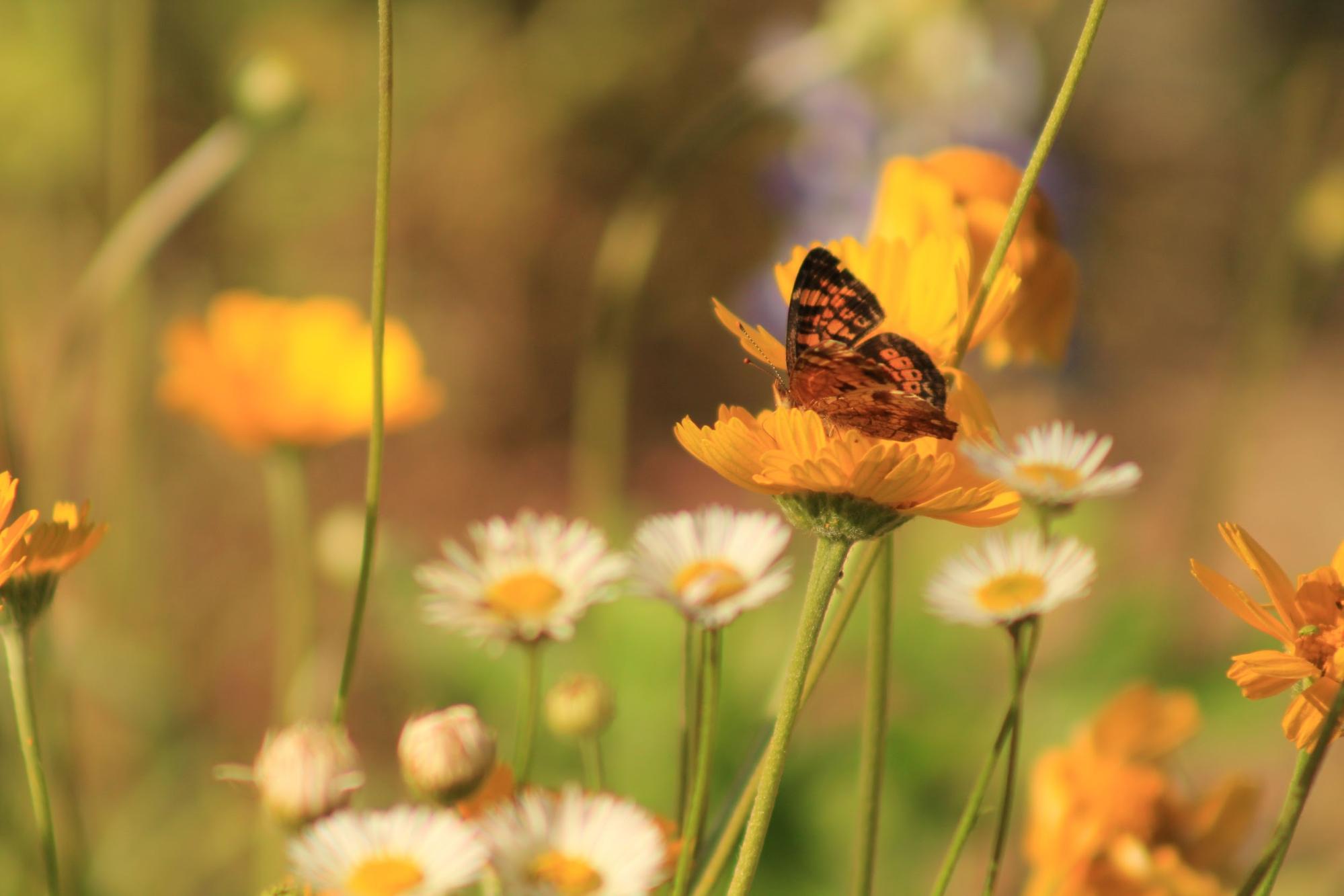
I took some time to visit Austin, where I saw a picturesque sunset at the top of Mt. Bonnell and gorgeous natural scenes at the Zilker Botanical Gardens. Below is a picture I took of the butterfly who kept me company, and a picture of me by the koi pond: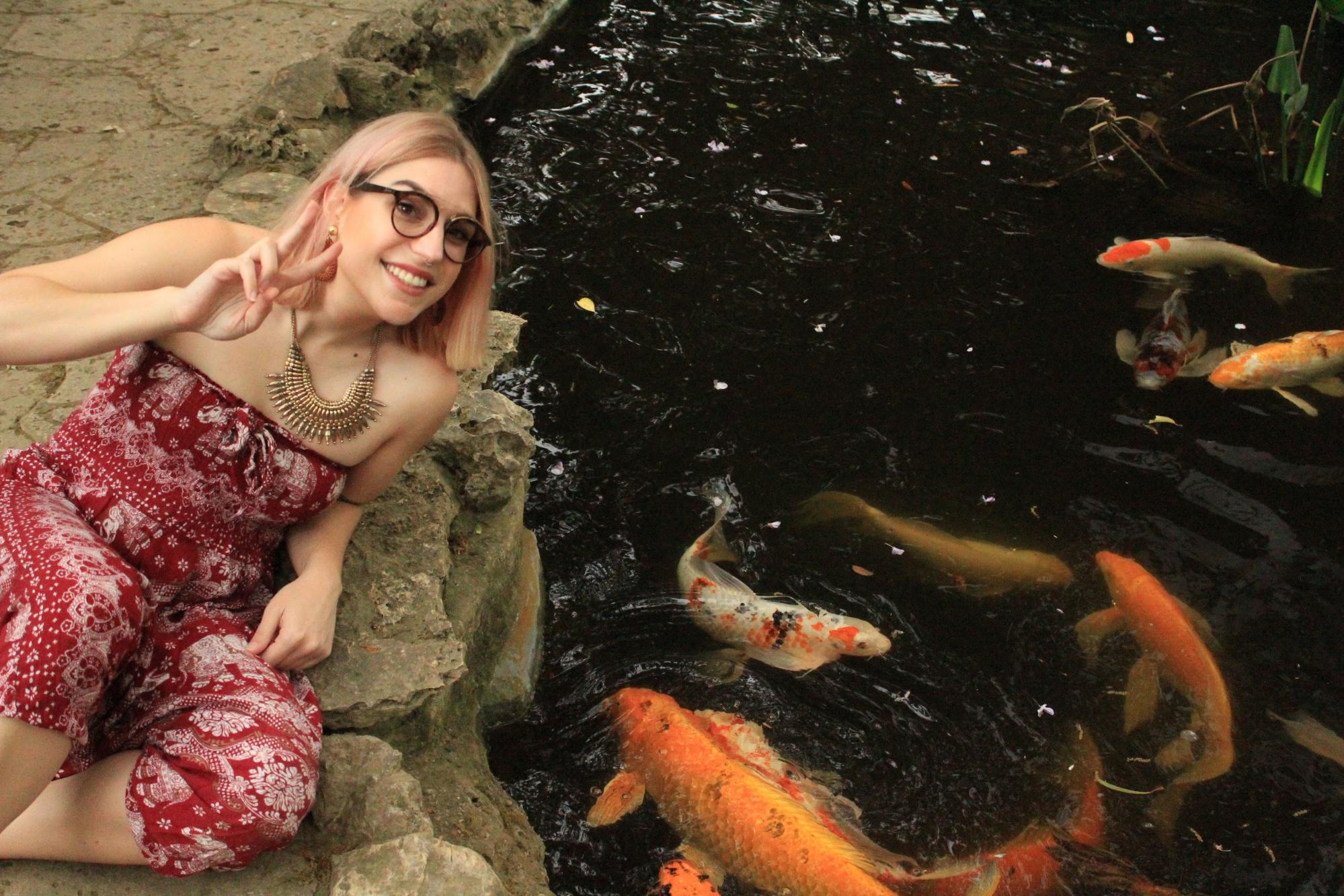
My favorite experience, however, was seeing a short film at the Branton Art Museum, called The Living Need Light, the Dead Need Music by the Propeller Group. It was a captivating story, told without dialogue, only song. The creators blended the funeral traditions from New Orleans and South Vietnam. The tone was somber, initially, as you panned through the streets of South Vietnam, through a first-person perspective, passing locals, with melancholy expressions on their faces. Soon, the music picked up and became jubilant, as a parade marched a colorfully decorated casket into a river. I would highly recommend checking it out, if you can – I was on the edge of my seat!
San Antonio
During my time in San Antonio, I went on a boat tour of the River Walk and learned some interesting facts about the city from a hilarious tour guide, named Bobby, who was actually from Brooklyn, originally! Did you know that the inspiration for the River Walk to become an urban park spawned from a devastating flood?
The best sights that I saw, overall, were in Historic Market Square. I actually stumbled upon this place, foraging for churros! I did manage to find them at a booth, called ChurroStar (which was delicious!), but I definitely got more than I asked for. I think the pictures I took speak for themselves:
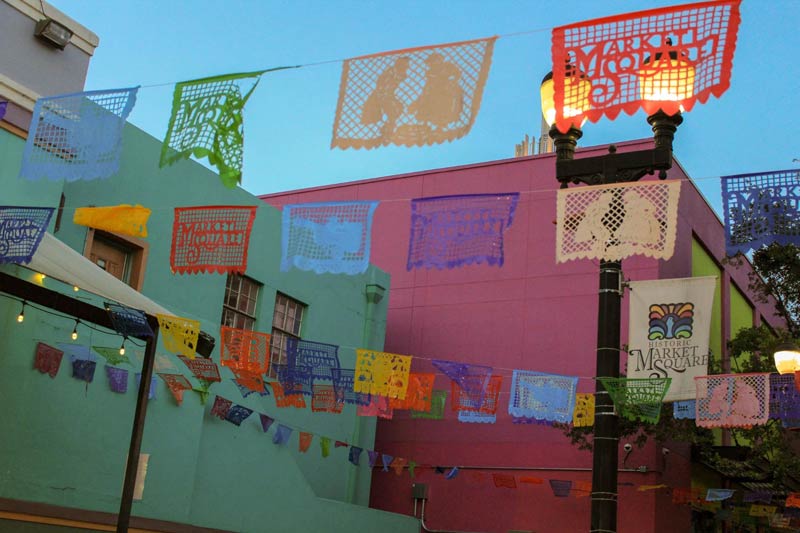
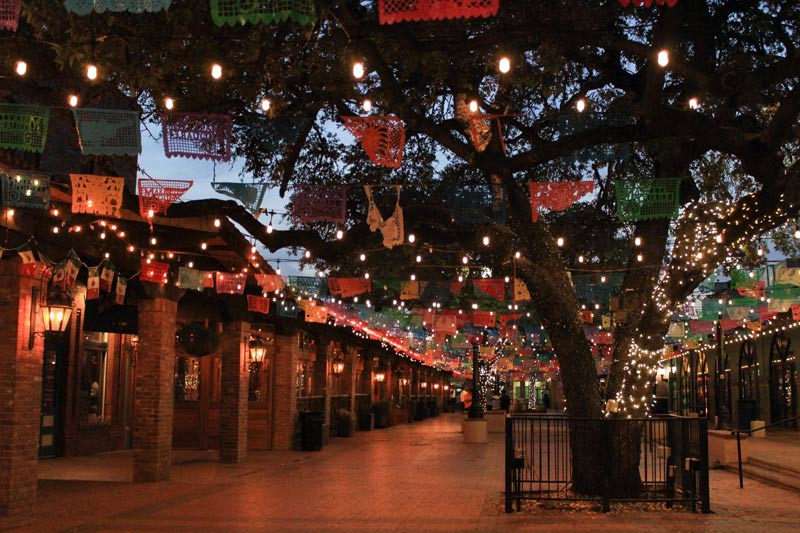
Oh, and here’s a little “fan art” I made as a tribute to the churros I had 😉:
Follow us on social!